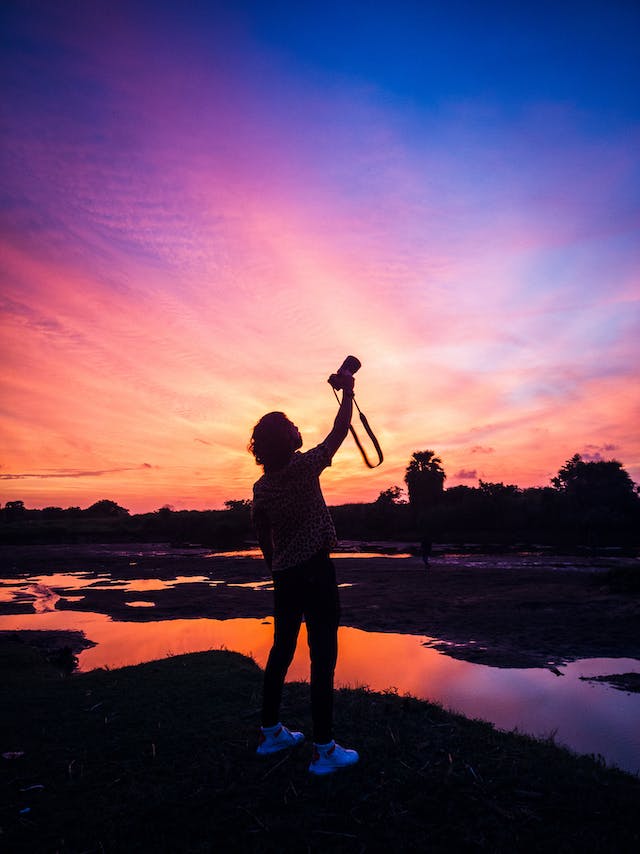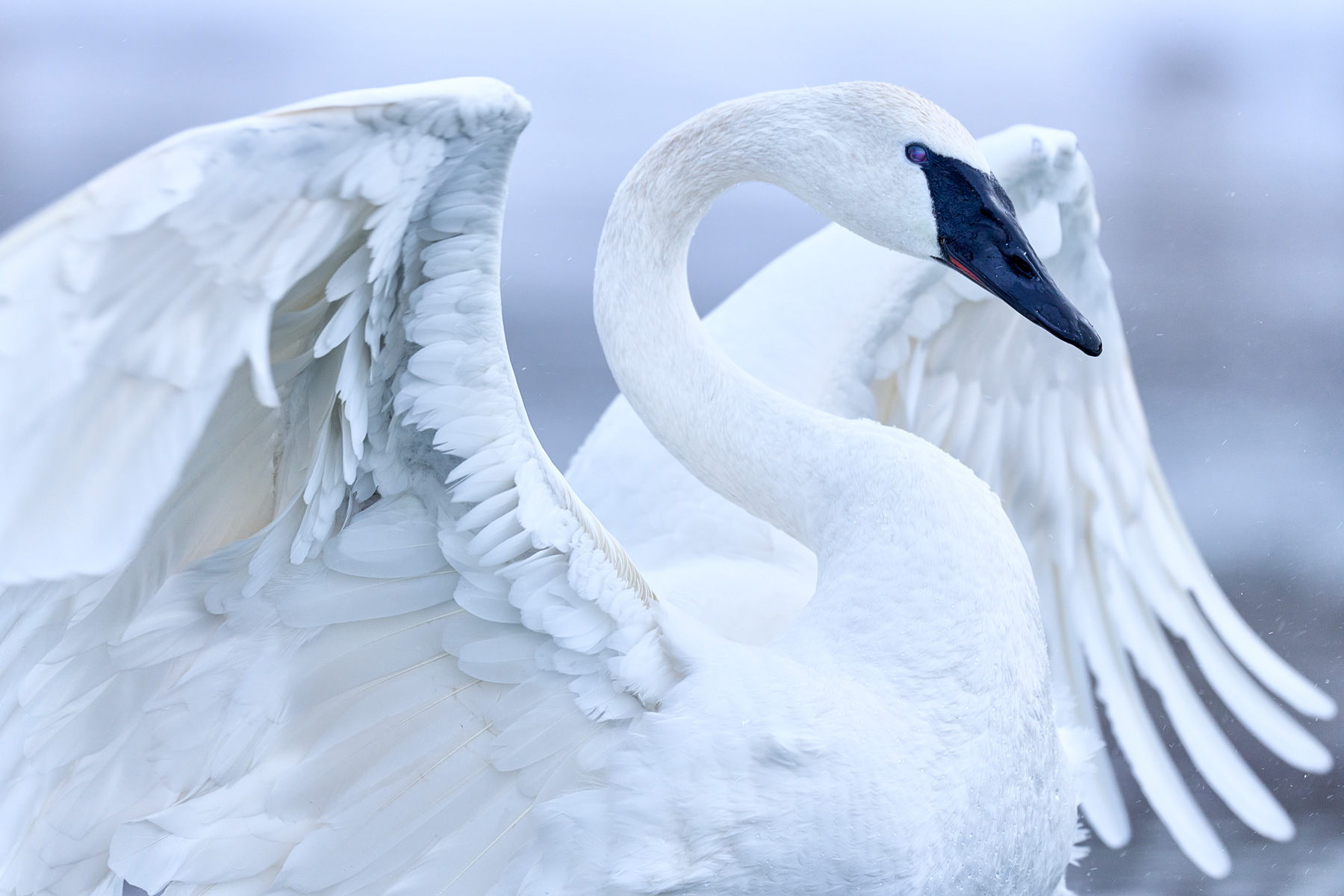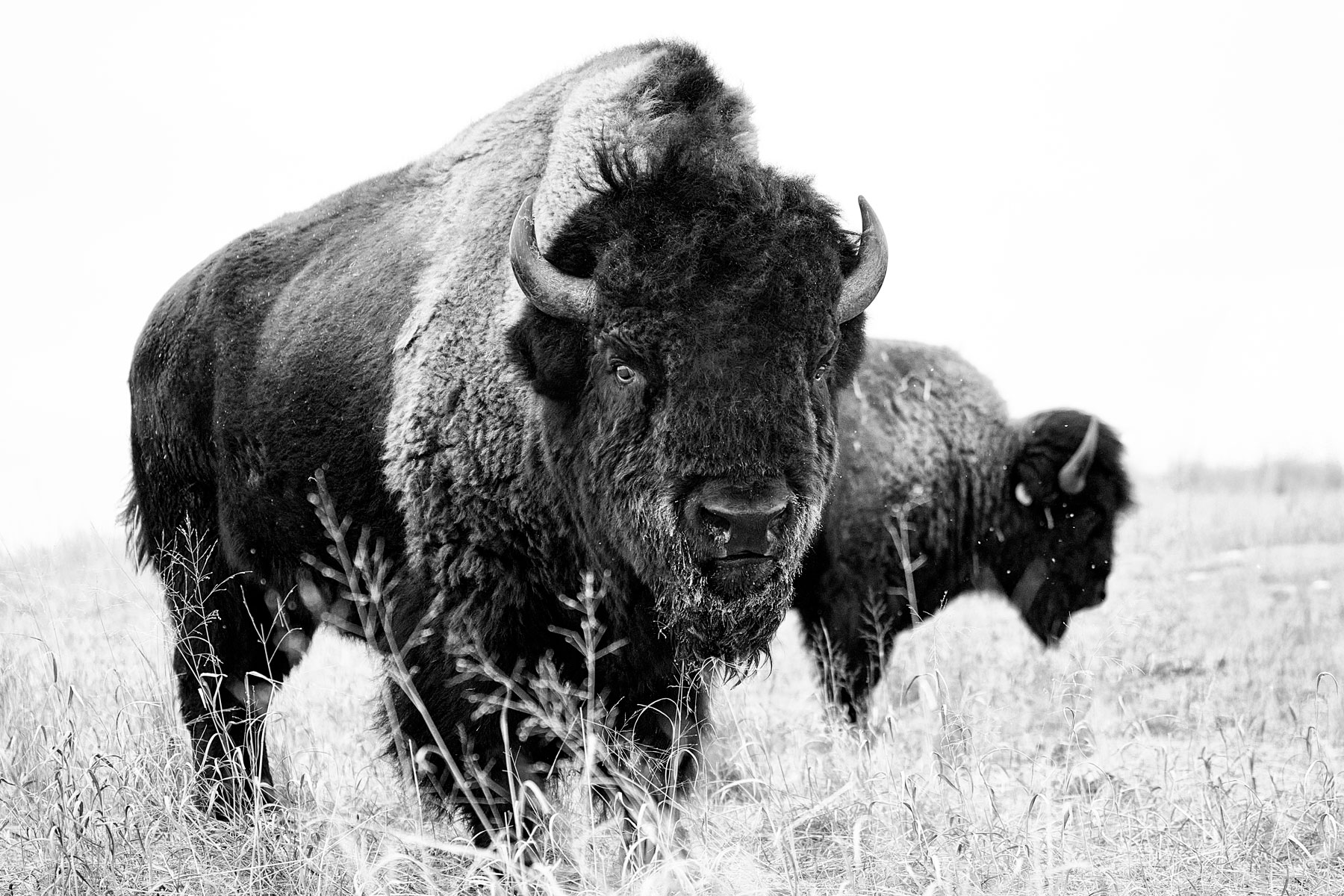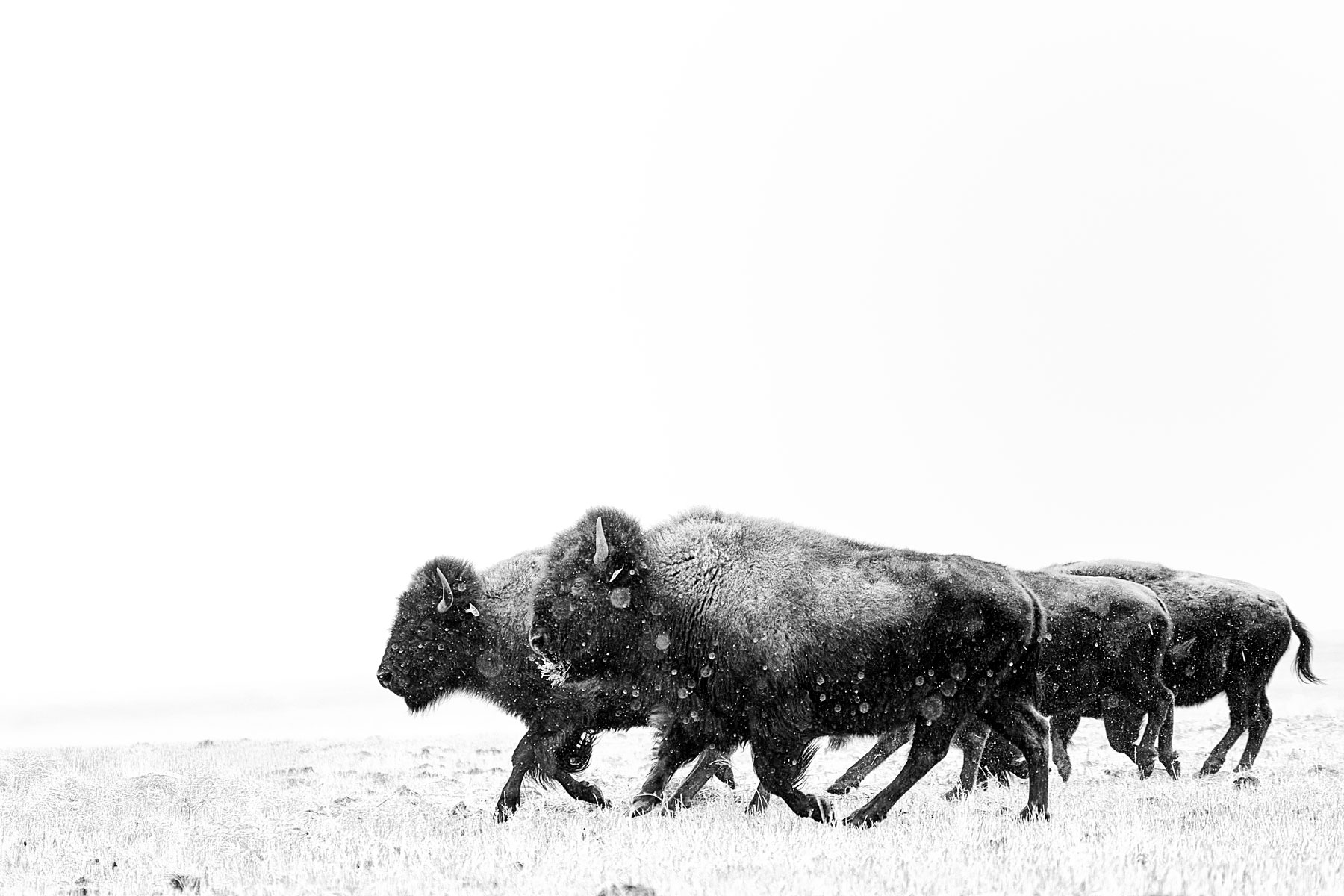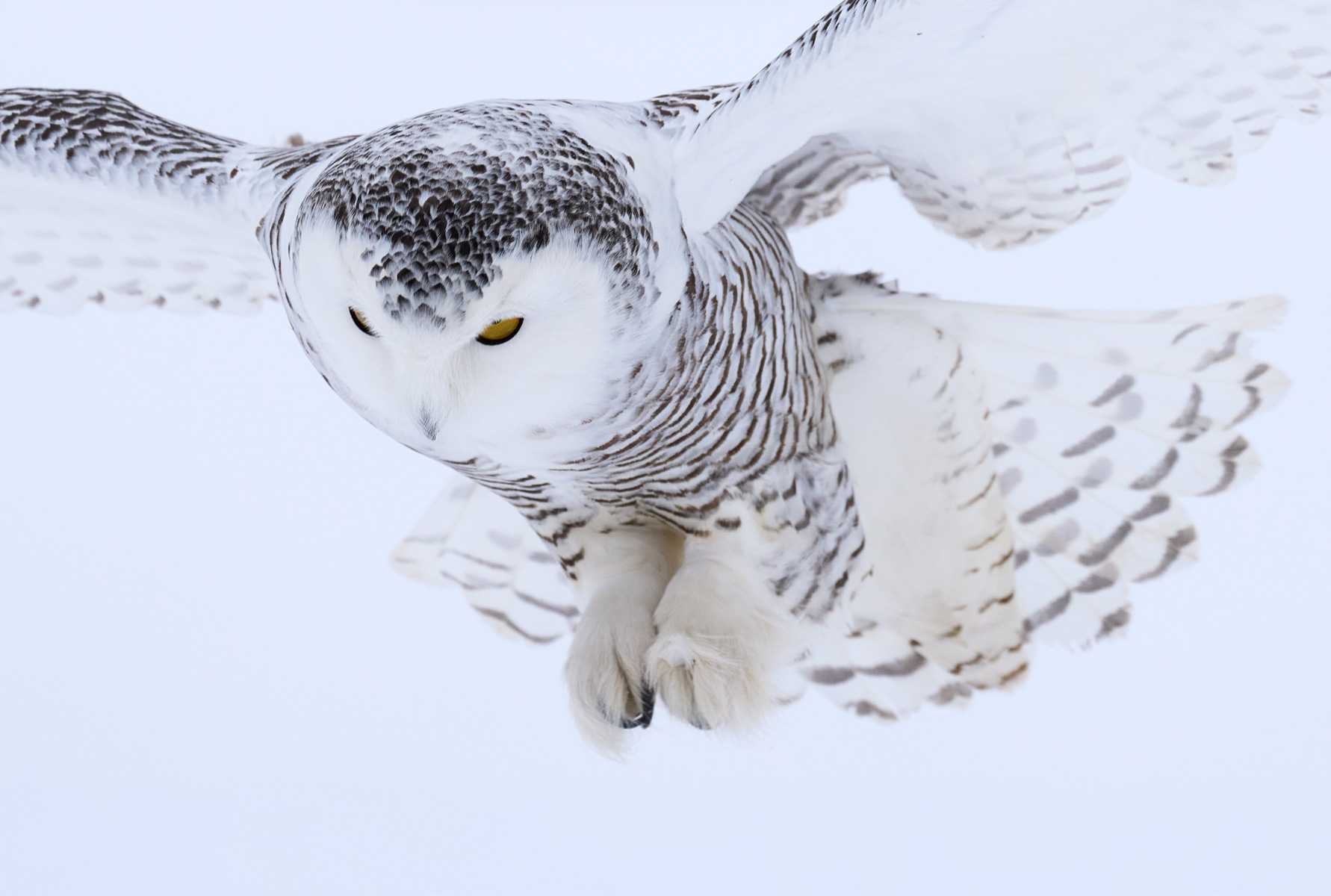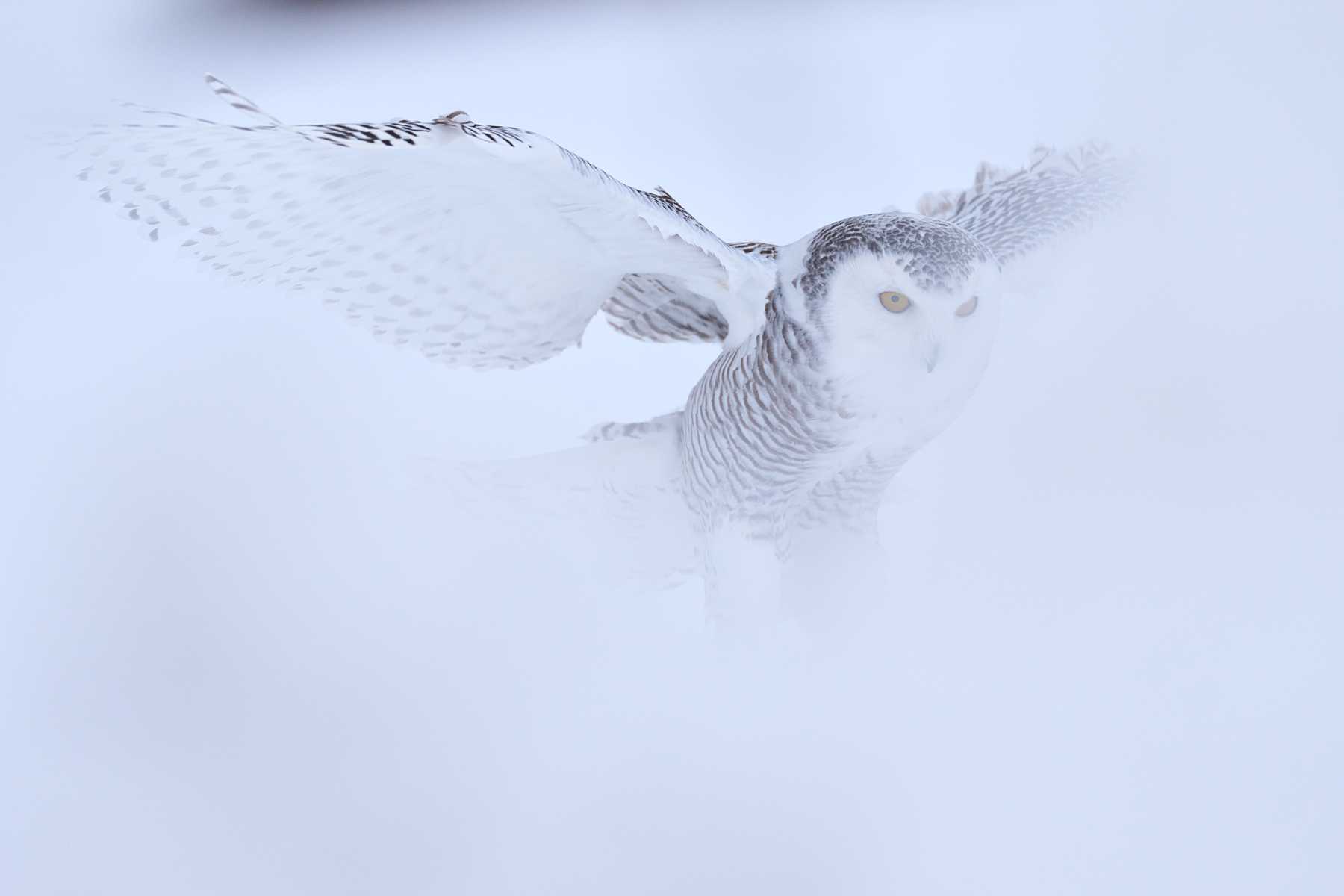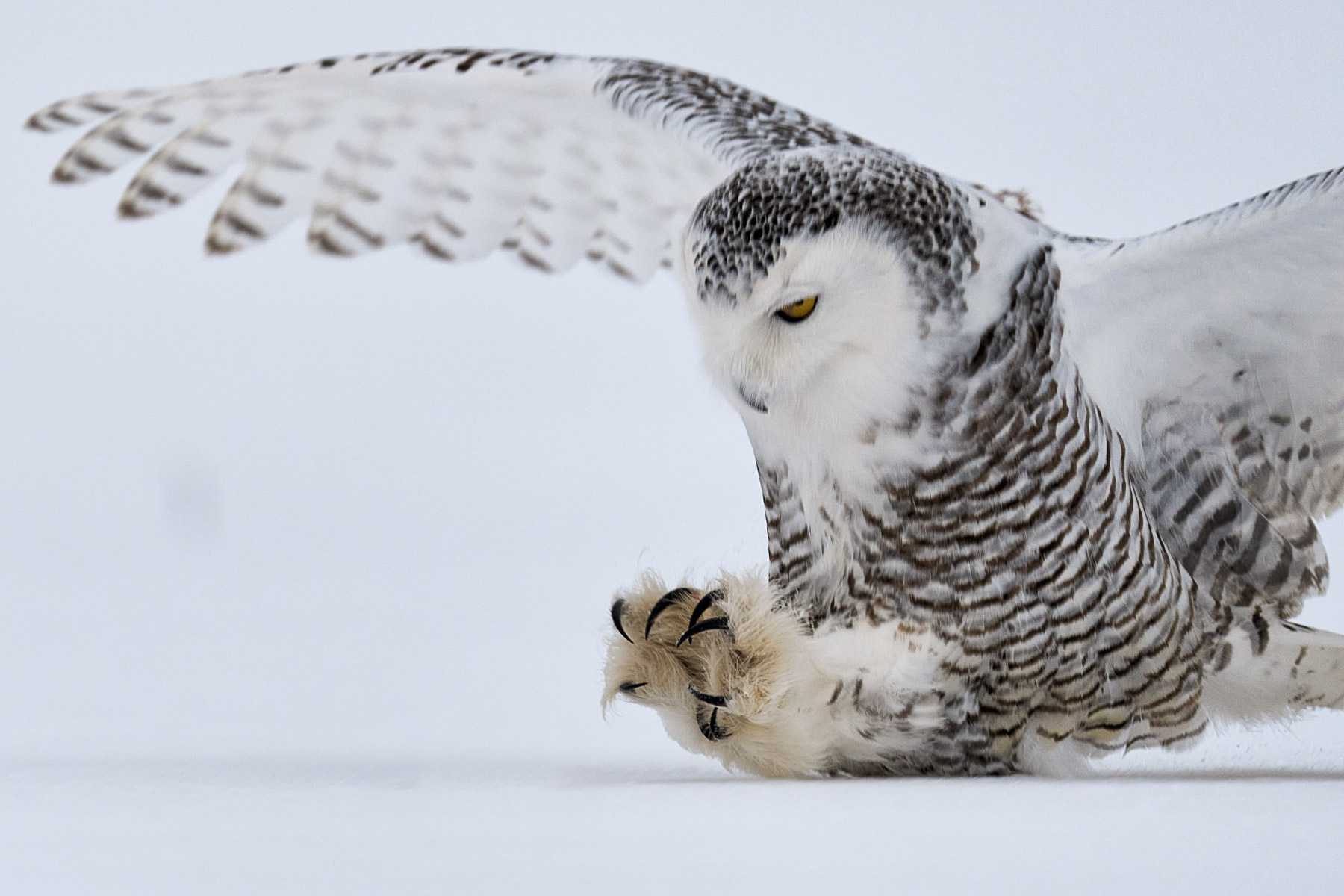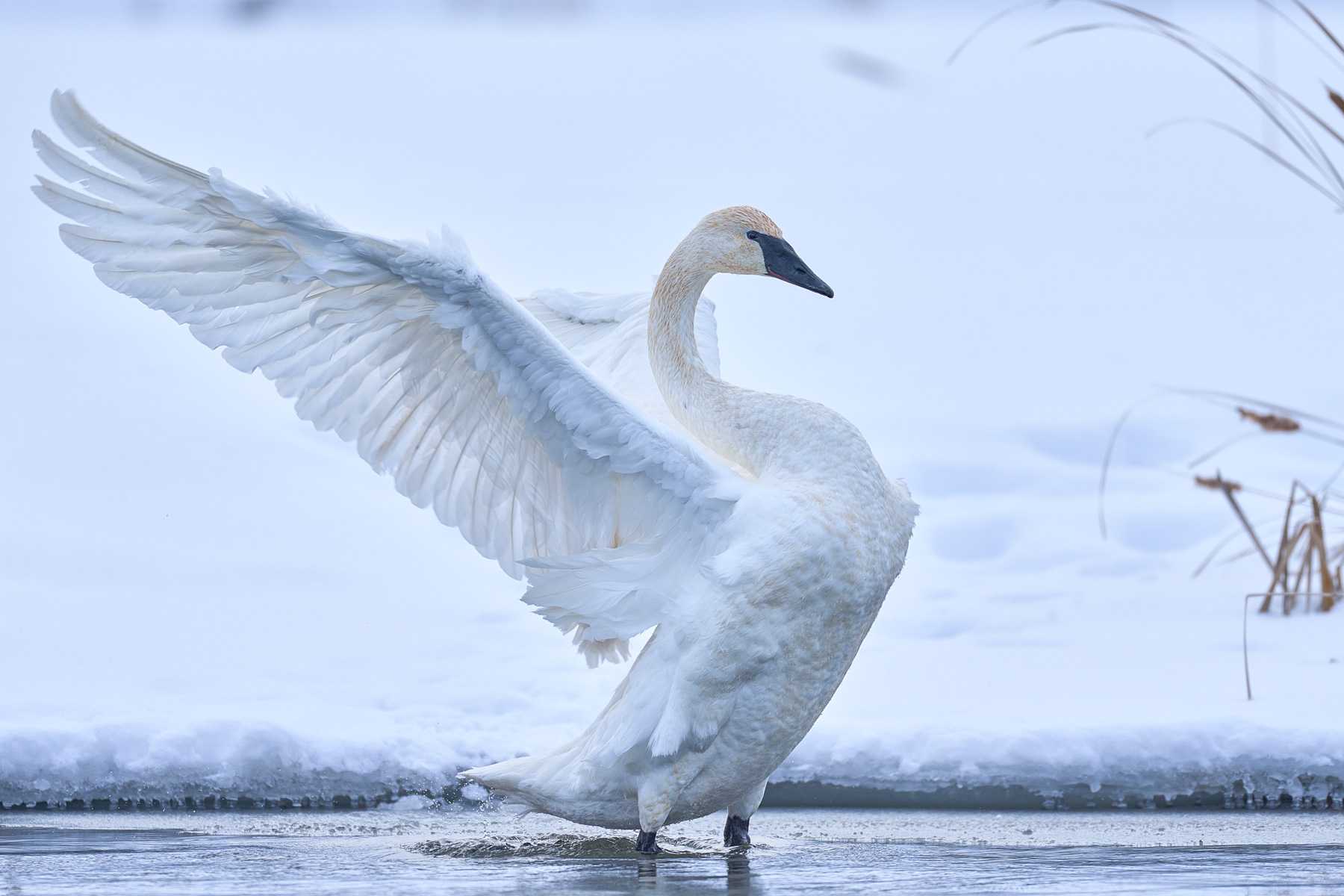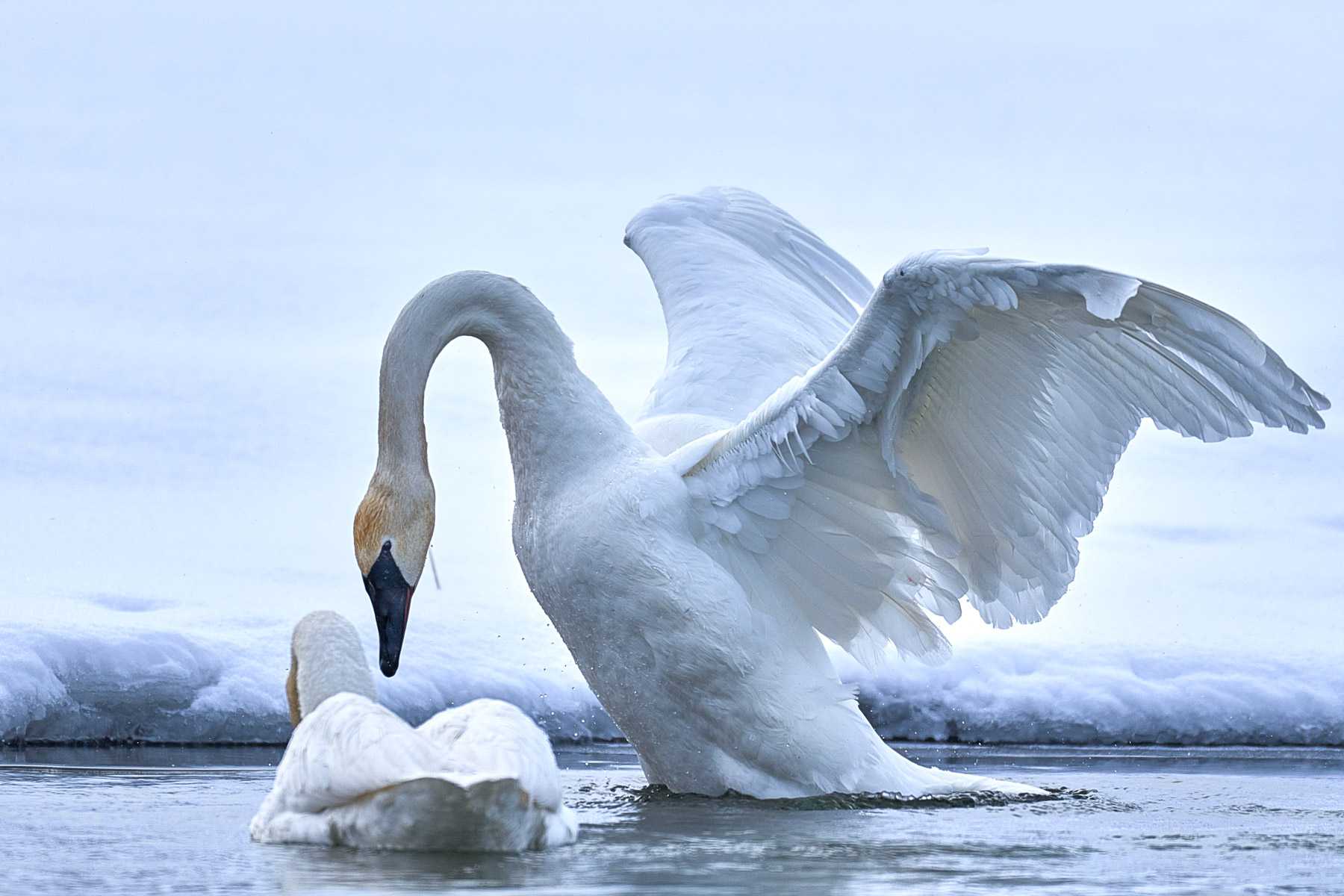3 Biggest Challenges Wildlife Photographer Faces: Wildlife photography is a difficult but immensely rewarding endeavor, and for the dedicated photographer there are certain obstacles that can be faced when attempting to capture exceptional images of animals in their native environments. By having diligence, proficiency, as well as proper equipment and approaches, this test can become an occasion for developing capabilities and giving shape to imaginative ideas. In this post, we will show wildlife photographers how to overcome the three biggest challenges a fine art wildlife photographer faces they can confront three major problems, offering useful advice on successfully overcoming them.
Key Takeaways on 3 Biggest Challenges Wildlife Photographer Faces
- Overcome the challenge of finding wildlife subjects with local exploration, networking, and online research.
- Tackle unpredictable weather and lighting conditions through adaptive approaches and mastering techniques such as graduated neutral density filters.
- Capture emotion & storytelling in wildlife photography by understanding animal behavior, composition/framing & post-processing techniques.
Overcoming the Challenge of Finding Wildlife Subjects
For wildlife photographers, the primary challenge is finding their subjects. In this article, we will share three effective methods to do that and capture stunning shots of nature: exploring your local area, getting in touch with other photographers for tips, and studying relevant information online. Taking into consideration when animals are active, migrating seasons, or behavior can help you get higher-quality photos of wild creatures.
If capturing photographs outdoors doesn’t sound appealing enough, there’s still an alternative solution, zoos! As well, private collections like animal rescue centers or orphanages would also work wonders if wanting to document domestic species such as birds visiting gardens, etc. Taking all these factors into account could be a surefire way to improve our chances of photographing different kinds of local wildlife and images, from trips through the countryside up to observing those extraordinary moments right outside our doorsteps while snapping pictures!
Local Exploration: Parks and Nature Reserves
When it comes to wildlife photography, local national parks and nature reserves are excellent locations for capturing stunning images of the natural world. Notable national park destinations include Umstead State Park in North Carolina, Maymont Park in Virginia, and even Great Smoky Mountains National Park across Tennessee and North Carolina. Here you’ll find a wealth of creatures from California Newts to mule deer plus numerous kinds of birds who become less wary when humans are nearby, allowing greater opportunities while photographing them.
To keep yourself as well as animals safe during your visit to any parks/reserves it is best practice to keep at least 25 yards away from them all whilst also avoiding making sudden movements/noises or using flash-photography techniques too close by either feeding other such behavior being harmful due to their health & disrupting naturally occurring behaviors we should refrain from doing so if possible. Visiting these places helps contribute towards protecting habitats designated specifically for varying species local animals, which supports preservation efforts here! Plus on days where wet weather presents itself, hideaways like boxes can be rented (if available) that’s ideal, especially during early hours – weekends typically offer more crowds but usually, after-hour events tend to work better around this area ensuring an enjoyable experience no matter what time a day goes!
Networking with Fellow Photographers
Making connections with other photographers who have an appreciation for nature comes with numerous advantages, such as getting business advice, problem-solving collaborations, exchanging information and strategies, referrals, and just plain fun. Participating in workshops or photography clubs close by can be a great way to find nearby groups that focus on wildlife while visiting photo museums that offer conferences or classes related to wild bird/nature photography can help too! Joining online photography forums, like NatureScapes Photography Forum, BCG Forums, DPReview Wildlife Photography Forum & Nature and Wildlife Photography Forum are also good options for networking opportunities. When at a workshop, make sure you’re friendly, showcase your work, join group activities, and then follow up so you get the chance to learn from others more experienced will enable capturing images exactly how one imagined them – especially when it has to do with capturing wildlife footage.
Online Research: Maps and Databases
Using resources like Google Maps, wildlife photography is made easier and more enjoyable by pinpointing areas of animal abundance. Animal migration paths and natural areas can be researched through tracking databases such as Movebank, Birdcast, or The Wildlife Tracker. Combining online research with networking locally will ensure that photographers don’t miss any opportunity to take amazing photographs of these creatures in their natural environment. Avibase, eBird, and Wildlife Insights are all popular websites used for identifying areas rich in flora & fauna while the Map Of Biodiversity Importance utilizes satellite remote sensing plus AI technology to help monitor important biodiversity hot spots making a perfect destination choice even simpler!
Tackling Unpredictable Weather and Lighting Conditions
Wildlife photographers, specializing in landscape photography and other types of imagery, often come up against unpredictable weather conditions or lighting. To overcome this hurdle, we must overcome this hurdle. They can apply appropriate solutions such as adjusting to varying temperatures right light, or honing their light mastery skills. These approaches could prove successful in conquering the troubles posed by unpredicted elements when photographing wildlife and landscapes. Taking advantage of different methods along with polishing your illumination know-how will help you best conquer these difficulties encountered while capturing scenes involving nature or animals.
Embracing Weather Variability
Photographers who are after capturing wildlife in all its glory need to be flexible and ready to adapt to the changes in weather. An article, “How To Take Great Photos In Bad Weather”, can guide one on how they can make quality images during inclement conditions with a few simple tips. One must learn how windy days affect them when taking these kinds of nature photos: use a wide aperture for a fast shutter speed. Lower the tripod’s height so it is not as vulnerable against gusts, add weight or use sandbags for added stability, and stay versatile while pursuing unique compositions regardless of whatever nature throws at you.
Mastering Lighting Techniques
In wildlife photography, perfecting lighting techniques is paramount for capturing accurate depictions of scenes. Photographers can employ graduated neutral density filters to limit the dynamic range and darken the sky exposure in order to get a balanced outcome between the ground and background. Bracketing exposures allow photographers to take multiple photos with different intensities, which boosts their chances of achieving correctly exposed images or HDRs later on while processing them. With these tools at hand, photographers will be able to better face harsh weather conditions that come about during shooting timeframes outdoors!
Capturing Emotion and Storytelling in Wildlife Photography

In order to take amazing photos and capture emotionally powerful wildlife images, understanding the behavior of animals and developing a creative composition are crucial elements. Post-processing techniques also play an important role in creating compelling photography that resonates with viewers. Through mastering these three components, photographers can tell captivating stories through their wildlife photographs. In other words, crafting remarkable pictures by way of observing animal conduct & framing shots properly combined with correct post-processing helps produce magnetic photos related to nature’s world!
Understanding Animal Behavior
Wildlife photography requires an understanding of animal behavior for the photographer to be able to capture unique images that show emotion and tell a story. Knowing when animals are active can assist photographers in preparing for these moments so they don’t miss important shots. It is valuable information regarding migration paths many birds as this knowledge will pinpoint where best to go at certain times of year in order to take picturesque photographs of wildlife on their journey. A variety of outlets provide useful insights into how to photograph wild animals such as The Journal Wildlife Photography, Wildlife Photography Guide, or through studying naturalist skills related to photographing creatures who live outdoors.
Composition and Framing
When it comes to your wildlife photos, photography, composition, and framing play a major role in conveying emotion and storytelling. Through unique perspectives or angles, you can make your images stand out for viewers. Examples of effective techniques that allow one to capture sentiment include making eye contact with the subject, utilizing leading lines, combining negative space into an image along with environment elements as well and timing shots correctly in advance. These tactics will bring about amazing pictures that best transmit feelings through animal photos effectively telling stories.
The frame is also relevant when talking about story-telling within wildlife photographs since it draws attention to subjects while creating contrast between itself and the background from where it’s taken distinguishing them both clearly from each other thus captivating the audience’s focus on the issue more appropriately. Tightly cropped frames may sometimes lead to reverse impact because just the way they might convey confinement over the idea portrayed due care must be given while deciding upon focal length too.
Post-Processing Techniques
In wildlife photography, digital technology can be used to refine and strengthen photographs, enabling them to become striking fine art prints. This is achieved through making selective adjustments such as highlighting the subject in order to create a more powerful composition or enhancing tones for an eye-catching result. Likewise, removing distractions from backgrounds and adding artistic filters will make every photograph unique. As photographers use software post-processing techniques, they are able to give images emotive power and establish meaningful connections between viewers of digital photography and their work and its natural environment subjects.
To Improve upon photos taken from nature’s realm, color grading offers various advantages – including modification of hues & saturation levels along with lighter/darker shades so that each image stands out better than before. Sharpening elements specifically within certain areas (like fur or eyes) highlights details that would otherwise remain hidden while remaining subtle elsewhere in good shot – this means viewers are captivated by vivid shots rather than overwhelmed at full overall sharpness too soon after looking at it! Thus these changes inspire greater engagement when appreciating Wildlife Photography consequently via advanced manipulation done properly following capturing moments on camera itself beforehand.
Summary
To excel in wildlife photography, it is important to recognize and address challenges such as locating suitable subjects, and contending with variable weather and lighting conditions, all while striving to tell a compelling story through your images. Researching local parks or nature reserves for potential photo-ops, interacting with other photographers who can provide valuable insight into techniques, and exploiting various lighting possibilities based on the environment you are shooting in. Understanding animal behaviors from animals themselves or experienced professionals – will go a long way towards helping create beautiful wildlife photographs that inspire emotion within viewers.
Frequently Asked Questions
What is a challenge in wild animal photography?
Obtaining a great photo of wildlife entails close contact with the creature and disrupting its habitat, both factors which can cause considerable distress. Taking such images requires an extended period to master. They are worth it if you get that perfect shot!
What are the biggest challenges of being a photographer?
Photographers have a difficult job with multiple facets, such as garnering new clients and handling creative roadblocks. To improve their work and progress in the profession, they must stay on top of these issues. It is essential for photographers to strive hard and constantly develop their artistry.
What are some recommended local parks and nature reserves for wildlife photography?
For wildlife photography, Maymont Park in Richmond Virginia, Umstead State Park in North Carolina, and the Great Smoky Mountains National Park located at the border of Tennessee/North Carolina are recommended as some local parks with extraordinary nature for photographers want to photograph and capture.
How can Google Maps be utilized to identify wildlife-rich areas?
Google Maps provides an easy way to identify wildlife-rich areas with its range of features, such as search and downloading park listings for biodiversity monitoring using artificial intelligence technology, looking into Map of Biodiversity Importance and satellite remote sensing data along with different layers showing hotspots in terms of species diversity.
What are the fundamental principles of composition in wildlife photography?
When capturing wildlife with a camera, it is important to compose the photograph carefully by placing your subject off-center and focusing the lens on their eyes. It’s also essential to take photos from eye level while ensuring an appropriate background for the shot. Wildlife photography requires these elements in order to have successful results.


